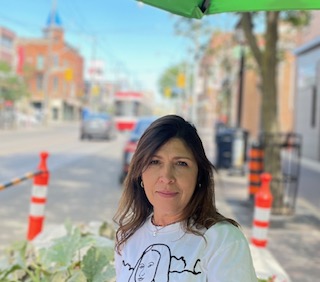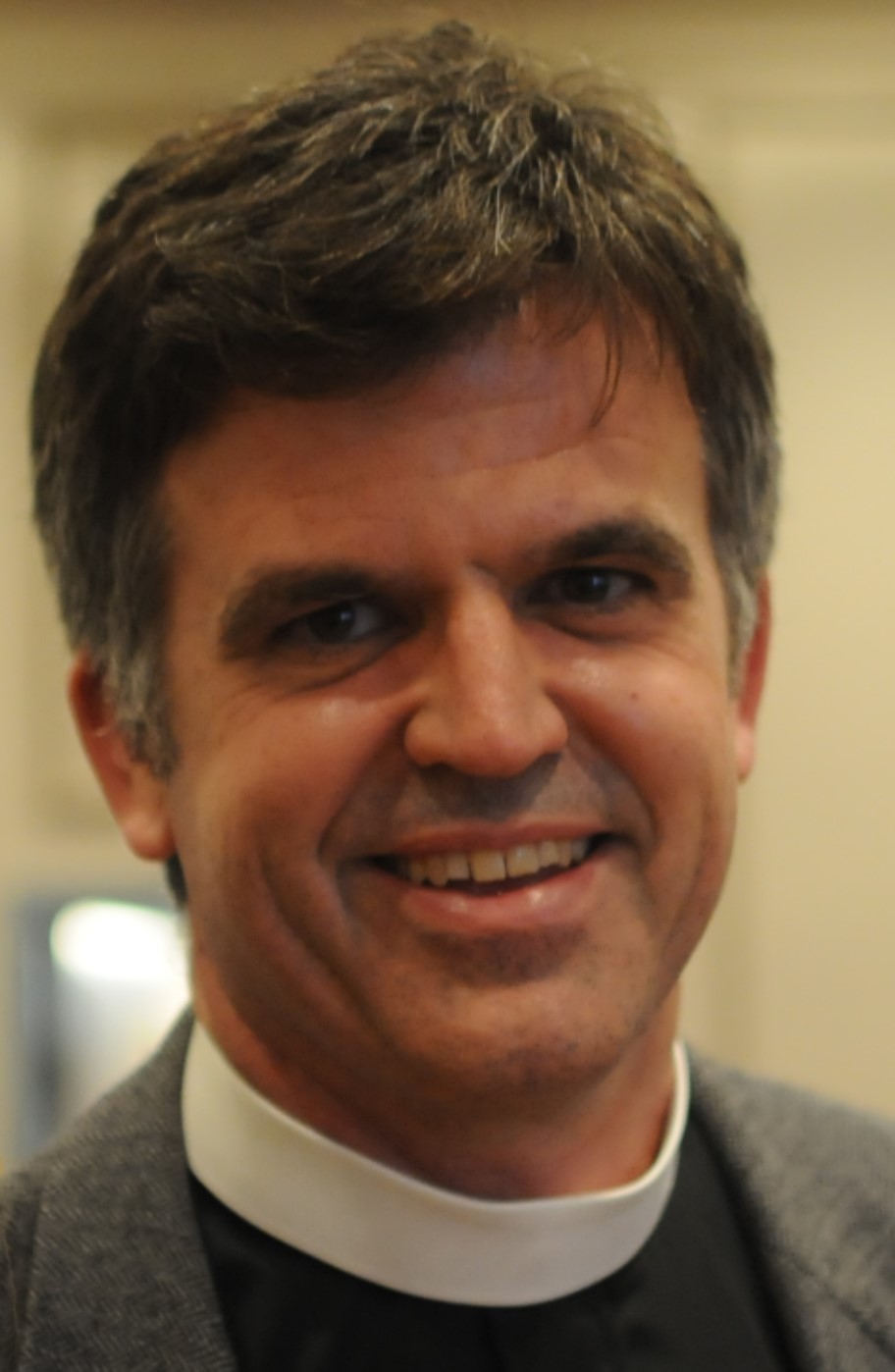‘A cold coming we had of it,
Just the worst time of the year
For a journey, and such a long journey:
The ways deep and the weather sharp,
The very dead of winter.’
Thus begins T. S. Eliot’s wonderful poem entitled “The Journey of the Magi” on their way to visit the Christ child. The story of the magi, or the wisemen, is only recounted in the Gospel of Matthew, even though it has become an almost universal part of the Christmas story. January 6, just yesterday, is the day of Epiphany, the day when we remember and celebrate the magi’s long journey which served as the first revelation of Jesus to seekers from cultures and nations not his own.
The word “epiphany” is based on the Greek verb epiphanein which means “to reveal”. According to the text of Matthew, the magi were seekers who were not only willing to leave their comfort zones in order to find what they were seeking, but who found what they were looking for at the end of that long journey.
‘A cold coming we had of it,
Just the worst time of the year
For a journey, and such a long journey:
The ways deep and the weather sharp,
The very dead of winter.’
As those who recently left the depths of a cold Canadian winter in Toronto in order to join with you in these wonderful celebrations of 150 years of relationship between the Presbyterian church in Canada and in Trinidad and Tobago, there is a particular resonance with Eliot’s words about a cold coming we had of it for such a long journey, in the very dead of winter. I am sure that I am not the only Canadian here today who is grateful to have had to make the painful and self-sacrificing decision to have to travel to Trinidad in the dead of winter in order to serve the cause of Christ. Ah, the challenging martyrdom of discipleship.
But lest you think that we consider ourselves some form of magi to have made such a journey, I would invite us to reflect on this metaphor – of being on a journey – as a symbol for what brings all of us together on this day.
After all, even though we are remembering the journey that John Morden took, a very long time ago, to come to Trinidad from Canada in order to minister with the people of this island, and particularly with indentured servants, what is intriguing to remember is that Morden’s journey is not the only journey that we remember and celebrate. The people with whom he established relationships and with whom he established the church and the schools and the many other services that emerged out of that missional engagement had also taken long journeys to get here. Some of them had come to this place as indentured servants, some as slaves, some as immigrants and refugees from distant lands. Even before their arrival, there were indigenous peoples in this part of the world but they, as well, had travelled to this place from other places, they too had taken long journeys to get here. The Caribbean is – and has been — a remarkable crossroad, in our world, for the encounter between people from different parts of our earth, on many diverse and remarkable types of journeys.
Over the past 150 years, many other journeys have also taken place that have led us to this day. Our congregation in Toronto is still thankful for the journey that a group of young steel pan players took, just over a year ago, to share their considerable musical talents. We cannot help but think of – and are still thankful for – the journey of the Narayansingh family to Toronto, a number of years ago, and for the way that their connections with this congregation and with St. Andrew’s, in Toronto, set the stage for the wonderful journeys that have unfolded since then. I still can see Keith and Indra standing in the kitchen at St. Andrew’s helping to provide meals for the guests in the Out of the Cold program.
But neither the Narayansinghs nor the Marabella Steel Pan Orchestra are unique. So many of the journeys that have been made from Trinidad to Canada have been a blessing to the Canadian church. Over the course of my years in the church in Canada, I have lost count of the number of Canadian Presbyterians of Trinidadian origin who have been a profound and powerful blessing in many, many different congregations.
Which is somewhat fascinating and intriguing in the Canadian church context.
That is, when immigration has taken place into Canada, there has been a tendency for groups to form congregations along a specific ethnic or linguistic or cultural identity. It happened in the earliest days of the Presbyterian church in Canada, when immigrants and refugees from Scotland established churches which were often almost exclusively Scottish. But it has continued with other groups as well. In Toronto, for example, there is a large number of Korean Presbyterian congregations; there is a Ghanaian Presbyterian congregation; there is a Hungarian Presbyterian congregation; there is a Portuguese-speaking congregation (largely made up of people from Portugal, Brazil and Angola); there is a Chinese Presbyterian congregation, to name only a few. These various congregations are often formed to provide ministry in specific languages, and they are a blessing.
But the Trinidadian Presbyterian presence has been different. Instead of being gathered together into a specific congregation, Canadian Presbyterians of Trinidadian heritage have become part of many, many different communities of faith, and have provided tremendous ministry across lines of culture and language. When I was telling a friend, a few weeks ago, about this trip, he commented that in his own congregation in the east end of Toronto, a Trinidadian family had been the spiritual pillar of that congregation through a time of significant controversy and through a long vacancy. The ministry that the family had provided was not in a “Trinidadian” congregation, but rather that family had joined the journey of the local Presbyterian congregation, and had been a tremendous source of blessing.
The story of that family provided a powerful reminder that, for decades, and now for a century and a half, the journeys of our biological and spiritual ancestors to Trinidad, and the journeys of our biological and spiritual ancestors from Trinidad, have provided blessing upon blessing to the church and to the people of Canada.
But this idea of journeying as a metaphor for faith goes back a lot longer than 150 years. Rather, it is good for us to realize that many of the biblical narratives are about people on journeys. Adam and Eve journeyed out of the Garden of Eden; the people of the earth began to spread out on journeys until they attempted to build a city with a tower in its middle in Babel in order to sustain their relationships instead of falling prey to the divisions and fragmentations of human community; but immediately after their attempts in Babel were thwarted, the biblical narrative suggests that God called two individuals named Abram and Sarai so that God could establish a community that would be a blessing to all of the nations on earth. And what were Abram and Sarai called to do? To go on a journey.
The people of Israel also had to make a long journey as they moved from captivity in Egypt to freedom in the Promised Land. During that long journey, in which they often questioned and grumbled about God’s ways, they were invited to learn to trust when trust is all that they had, they were invited to receive the Law and enter into a covenant with God, they were invited to learn – again and again – that God would provide for them and for their needs. The long journey in the wilderness, as difficult as it was, became one of the most formative and important chapters in the entire history of God’s people.
But the journeys did not end there. Later, the people were forced to take a long journey into Babylon during which they learned that God was with them in exile just as much as God was with them in their own homeland. During the exile, many of the prophets used the imagery of a journey as a metaphor for the ways that God was calling them to move forward, in the confidence that the mountains would be brought low, and the crooked pathways made straight, the rough places made smooth, so that their journey could continue.
And the journeys continued. Although we seldom ponder it, the Gospels themselves are framed in relation to a journey – that is, the journey of Jesus towards Jerusalem where – as he kept telling his disciples – things were not going to go well for him. Along the way, time and again, his invitation to “follow me” was an invitation to come along, with him, on a journey.
And after his death and resurrection, not only did he appear to Cleopas and an unnamed disciple during their journey towards Emmaus, but he sent his followers to set out on journeys to the ends of the earth to proclaim his good news and teach others about what he had come to reveal to the world.
Throughout the history of the Christian tradition, artist and poets and writers have often turned to the image of journey as a metaphor for faith. John Bunyan’s Pilgrim’s Progress recounts the journey of a Christian towards the Celestial city; Dante’s protagonist takes the journey down through the inferno of hell, through purgatory before concluding his journey in paradise.
And as those stories try to convey to us, the call of faith, the life of faithfulness, in some ways, is simply this – staying on the journey, and trying to avoid being distracted by anything which seeks to take our eyes off of the goal and object of our quest – that being, to find what the magi of old were seeking, to find Christ.
And that is the journey that we are on.
But it is good for us to remember that we do not make this journey alone. Abram and Sarai were together on the journey, the people who responded to Moses did not walk into the wilderness alone, the people who journeyed into exile, and then back to the Promised Land, the invitation to follow Christ, and all of the journeys that he sent his followers out into the world to fulfill – all of these journeys were taken with others.
Which was true, even for the magi. Matthew’s text never states that there were three wisemen, but nor does it state that it was just a lone, individual, single seeker. The magi were a group of seekers from the East who make that long journey together.
And so it is with us. We come together in this place, because we and our ancestors have made long journeys from many different parts of the world; we come to this place with many different life experiences; but with a shared desire to respond to Christ’s call to follow him.
And we celebrate that we are on this journey together.
But today, we pause on the journey, to give thanks for what has happened in the past, to celebrate this moment in time, to look towards the future with hope.
And, most importantly, to be fed for the journey by breaking bread and sharing a cup together, in the presence of the One who we are all seeking to find. In the simple elements of bread and wine, with companions on this journey of faith, we remember the One who the magi were seeking — and who we are all seeking.
So come to this Table, because you have been called by the One who has called us together as friends and companions on the journey; remember what he accomplished for us and for our world; and then go from this place, to continue to share this wondrous journey together.
For the magi of old, it was a long journey. It still is.
But in the end, what they discovered was that every single step on the journey was worth it — because ultimately they found themselves in the presence of the living Christ.
May it be so for each one of us, and for all of us on this wondrous journey together.
Amen.






